Home>diy>Building & Construction>When Do Payments Start On A Construction Loan
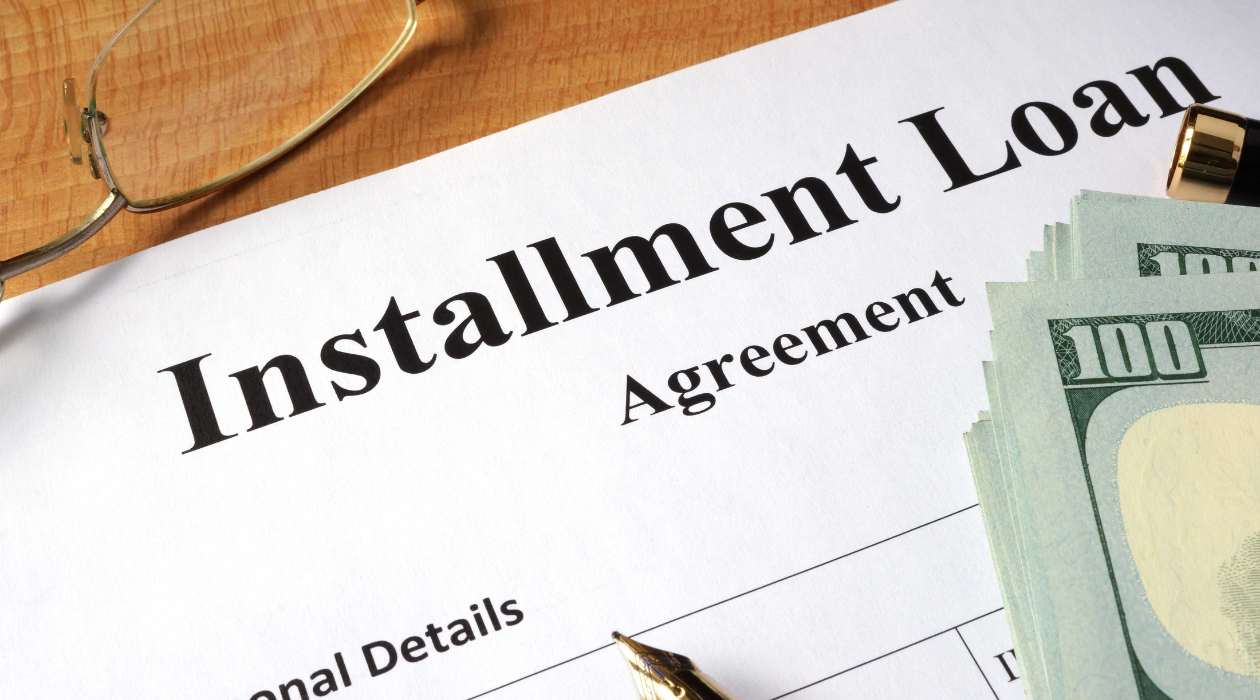

Building & Construction
When Do Payments Start On A Construction Loan
Modified: January 6, 2024
Discover when payments begin on a building construction loan and plan your budget accordingly. Ensure a smooth financial journey throughout your construction project with our expert guidance.
(Many of the links in this article redirect to a specific reviewed product. Your purchase of these products through affiliate links helps to generate commission for Storables.com, at no extra cost. Learn more)
Introduction
Welcome to the world of construction loans! If you are embarking on a building project or considering real estate development, it’s essential to understand the nuances of construction financing. One of the most important aspects to grasp is when payments start on a construction loan.
Construction loans are a specialized form of financing designed to facilitate the construction of a new property or the renovation of an existing one. These loans differ from traditional mortgages in several ways, as they are tailored to meet the unique needs and challenges of construction projects.
The primary reason construction loans are used in real estate projects is that the financial requirements for construction are vastly different from those for a completed, move-in-ready property. Traditional mortgages typically require an assessed property value, while construction loans are based on the estimated cost of the construction project.
Before delving into when payments start on a construction loan, let’s take a closer look at the different phases of the construction loan process.
Key Takeaways:
- Understanding construction loan draw periods is crucial for effective cash flow management during the construction process. Clear communication with the lender and thorough understanding of the loan agreement are vital in determining when payments start on a construction loan.
- Construction loans differ from traditional mortgages in terms of disbursement of funds and repayment schedules. Payment start dates are influenced by factors such as construction timeline, draw disbursement terms, and potential delays, making clear communication with the lender essential.
Understanding Construction Loans
Before we dive into when payments start on a construction loan, let’s first understand what a construction loan is and how it differs from a traditional mortgage.
A construction loan is a type of short-term financing that provides funds for the construction or renovation of a property. Unlike a traditional mortgage that is based on the value of a completed property, a construction loan is based on the estimated cost of the construction project. It is designed to cover the expenses associated with the various stages of construction, including labor, materials, permits, and fees.
So how does a construction loan differ from a traditional mortgage? The key difference lies in the disbursement of funds. With a traditional mortgage, the loan amount is typically given to the borrower in a lump sum at the time of purchase. In contrast, a construction loan is disbursed in installments or draws at different stages of the construction process.
Construction loans are used in real estate projects for several reasons. First, they allow developers and homeowners to finance the construction of a property without having to pay for the entire project upfront. This provides flexibility and helps manage cash flow during the construction period. Second, construction loans enable borrowers to tailor the loan terms to the specific needs of the project, such as interest rates and repayment schedules.
Furthermore, construction loans are essential for property developers who are looking to build multiple units or a large-scale project. These loans provide the necessary funds to start the construction process and can be converted into permanent financing once the project is complete.
Now that we have a better understanding of construction loans and their purpose, let’s explore the different phases of a construction loan and how they affect when payments start.
The Phases of a Construction Loan
When it comes to construction loans, there are three distinct phases: pre-construction, construction, and post-construction. Each phase plays a crucial role in the overall success of the project and influences when payments start on a construction loan.
Pre-Construction Phase
In the pre-construction phase, thorough planning and preparation take place to ensure a smooth construction process. Here are the key steps involved in this phase:
- Loan application and approval process: Borrowers apply for a construction loan and undergo a rigorous evaluation to determine their eligibility and financial capacity.
- Estimating construction costs: A detailed estimation of construction costs is done, taking into account materials, labor, and other project-related expenses. This estimation helps determine the loan amount.
- Obtaining necessary permits and approvals: Before construction can begin, the project must obtain the necessary permits and approvals from local authorities and regulatory bodies.
Construction Phase
The construction phase marks the actual building process of the project. Here are the key elements of this phase:
- Breaking ground and site preparation: The construction site is prepared, including site clearing, excavation, and foundation work, to make way for the building process.
- Construction timeline and project management: A construction timeline is established, and project management strategies are put in place to ensure the project progresses as planned.
- Disbursement of funds and payment schedule: During construction, funds are disbursed to cover specific stages of the project, based on predetermined draw schedules. These schedules outline the timeline and amount of each payment.
Post-Construction Phase
Once the construction is complete, the post-construction phase commences. Here’s what happens during this phase:
- Final inspections and certificate of occupancy: The property undergoes final inspections to ensure it meets all safety and building code requirements. Once approved, a certificate of occupancy is issued.
- Transition to permanent financing: If the construction loan was only intended for the construction phase, it must be transitioned to a permanent financing option, such as a mortgage or commercial loan.
- Payments and repayment options: With the completion of the project, the repayment period begins. Payments may be structured as interest-only during the construction phase or as full principal and interest payments once the loan converts to permanent financing.
Understanding these different phases will give you a clearer picture of when payments start on a construction loan, as they are closely tied to the progress and completion of the construction project.
When Do Payments Start?
One of the most crucial aspects of a construction loan is understanding when payments start. The timing of payments is closely tied to the progress of the construction project and the disbursement of funds. Here are the key factors that determine when payments start on a construction loan:
Loan Disbursements During the Construction Phase
During the construction phase, funds from the construction loan are disbursed to cover the costs associated with various stages of the project. These disbursements, also known as “draws,” are made based on specific milestones or completion of certain construction tasks. Typically, the lender sends an inspector to verify the completion of the specified stage before releasing the funds.
Types of Payment Schedules
Payment schedules can vary depending on the loan agreement and the preferences of the borrower and lender. Common payment schedule types include:
- Percentage completion: Payments are made based on the percentage of completion of the project. For example, if the project is 50% complete, the borrower receives 50% of the loan amount.
- Milestone-based: Payments are tied to specific milestones or construction tasks. Once a milestone is achieved, the borrower receives the corresponding payment.
Read more: When Do You Close On A Construction Loan
Interest-only Payments vs. Full Principal and Interest Payments
During the construction phase, borrowers may have the option to make interest-only payments on the loan. This means they only pay the interest accrued on the loan during the construction period. Once the construction is complete and the loan transitions to permanent financing, borrowers will usually start making full principal and interest payments.
Factors Influencing Payment Start Dates
The start date of payments on a construction loan can be influenced by various factors, including:
- Construction timeline: Payments may start based on the estimated time it will take to complete the project.
- Draw disbursement terms: The agreement between the borrower and lender will outline when and how funds will be disbursed, which will impact when payments start.
- Project delays: If there are any unforeseen delays or setbacks in the construction process, it may affect the start date of payments.
Understanding Construction Loan Draw Periods
Construction loans typically have a draw period, which is the timeframe during which the borrower can request funds from the loan. This period generally aligns with the construction timeline. Draws can be made at regular intervals or as specific construction milestones are reached.
It’s essential to keep in mind that the specific terms and conditions of a construction loan, including payment start dates, will vary depending on the lender and the project. It is crucial to thoroughly review and understand the loan agreement and communicate with your lender to clarify any questions or concerns regarding payment start dates.
Conclusion
In conclusion, understanding when payments start on a construction loan is essential for successful project management and financial planning. Construction loans, designed specifically for construction or renovation projects, differ from traditional mortgages in terms of disbursement of funds and repayment schedules.
The phases of a construction loan include the pre-construction phase, where the loan application is processed, construction costs are estimated, and necessary permits are obtained. The construction phase involves breaking ground, managing the construction timeline, and disbursing funds based on payment schedules. Finally, the post-construction phase includes final inspections, transitioning to permanent financing, and initiating payments.
When payments start on a construction loan depends on factors such as the disbursement of funds during the construction phase, the type of payment schedule, and whether interest-only or full principal and interest payments are made. Project timelines, draw disbursement terms, and potential delays can also influence payment start dates.
Understanding construction loan draw periods is crucial, as they outline the window during which funds can be requested for specific construction milestones or at regular intervals. This information can help borrowers effectively manage cash flow throughout the construction process.
Ultimately, clear communication with the lender and a thorough understanding of the loan agreement are vital in determining when payments start on a construction loan. By working closely with the lender and staying informed about the progress of the construction project, borrowers can ensure a smooth transition from construction to permanent financing and responsibly manage their repayment obligations.
Remember, each construction loan is unique, so it is crucial to consult with professionals and experts in the field to navigate the complexities of construction financing and ensure a successful construction project.
Frequently Asked Questions about When Do Payments Start On A Construction Loan
Was this page helpful?
At Storables.com, we guarantee accurate and reliable information. Our content, validated by Expert Board Contributors, is crafted following stringent Editorial Policies. We're committed to providing you with well-researched, expert-backed insights for all your informational needs.
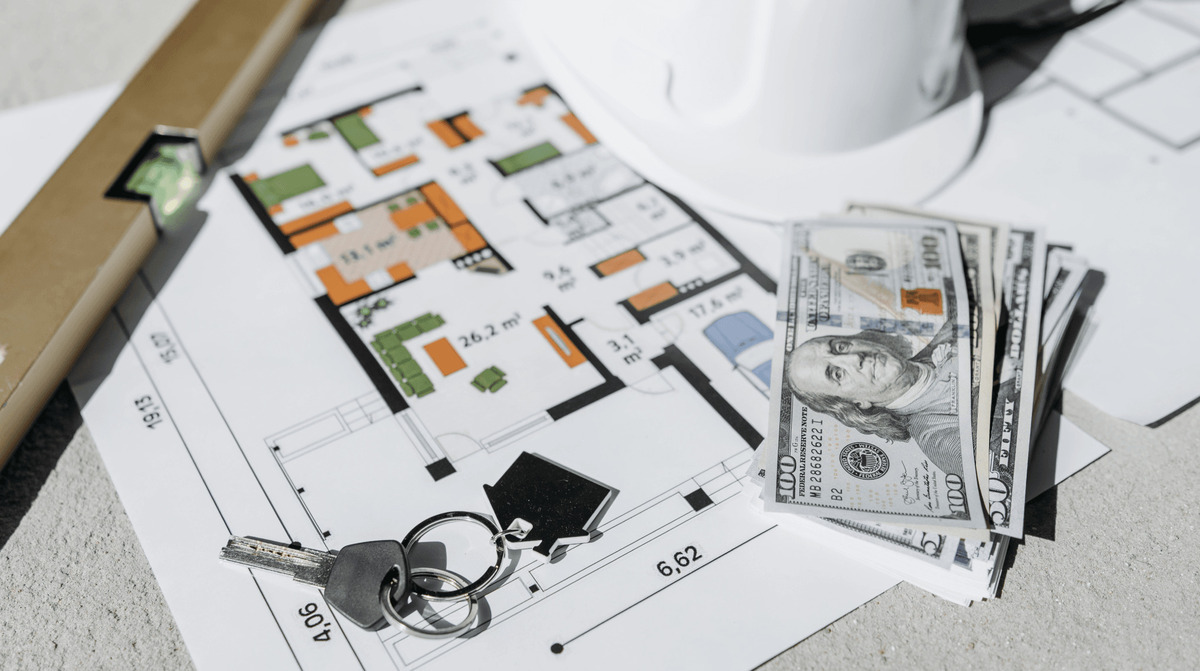
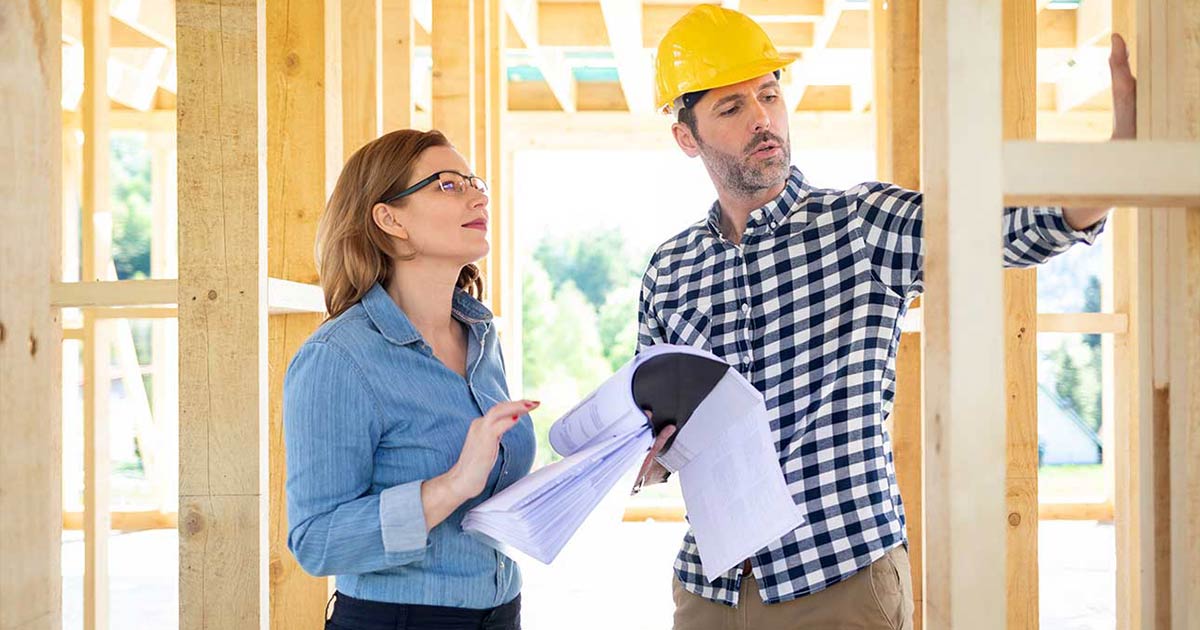



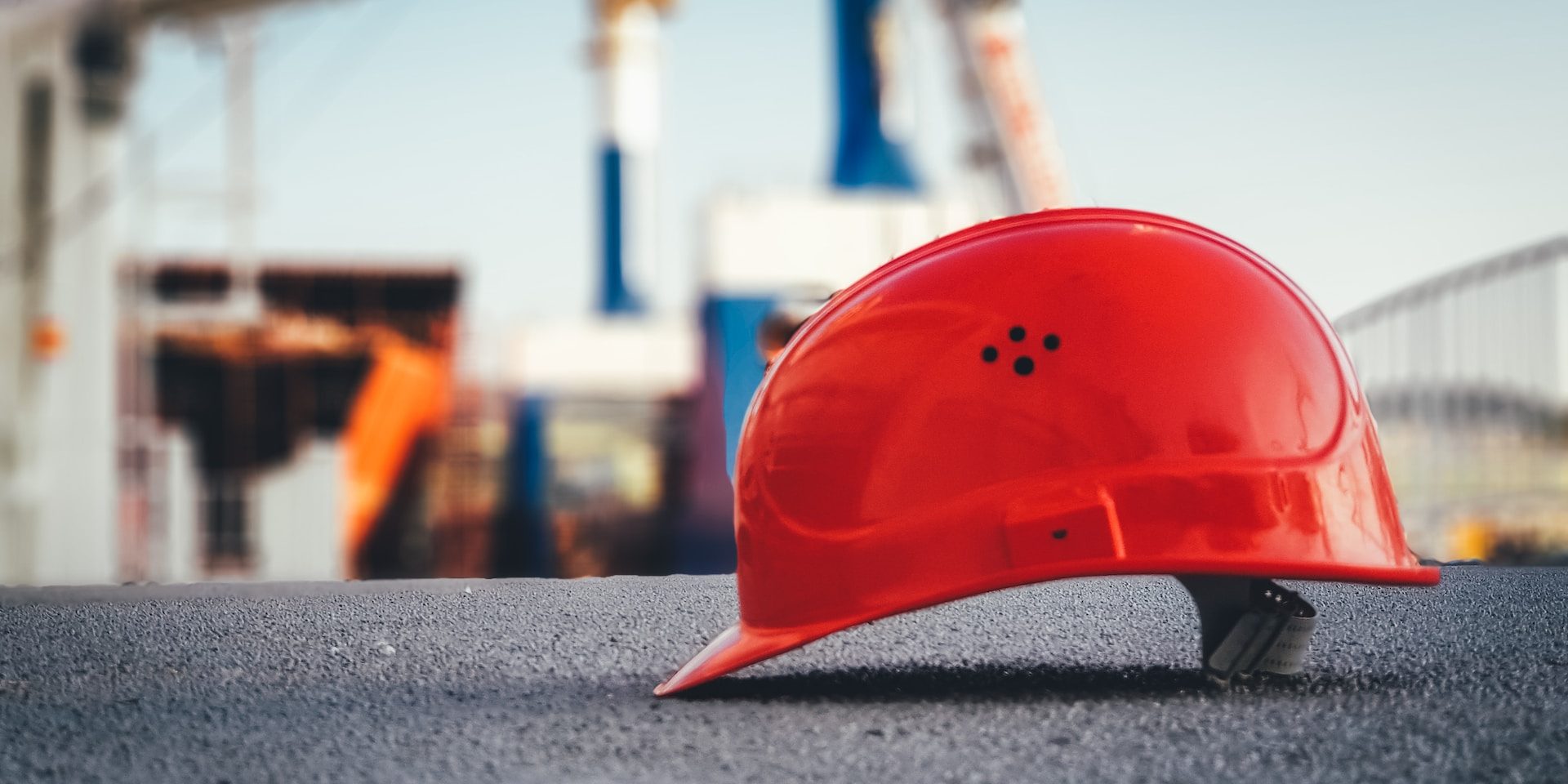
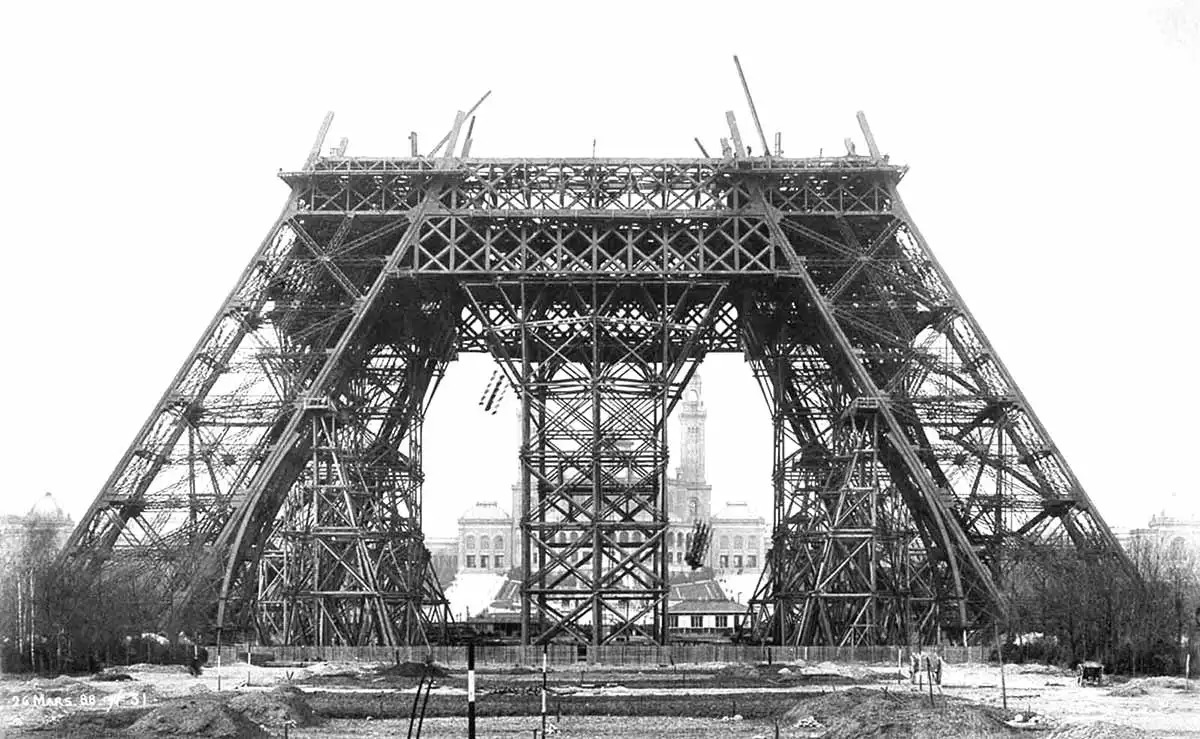

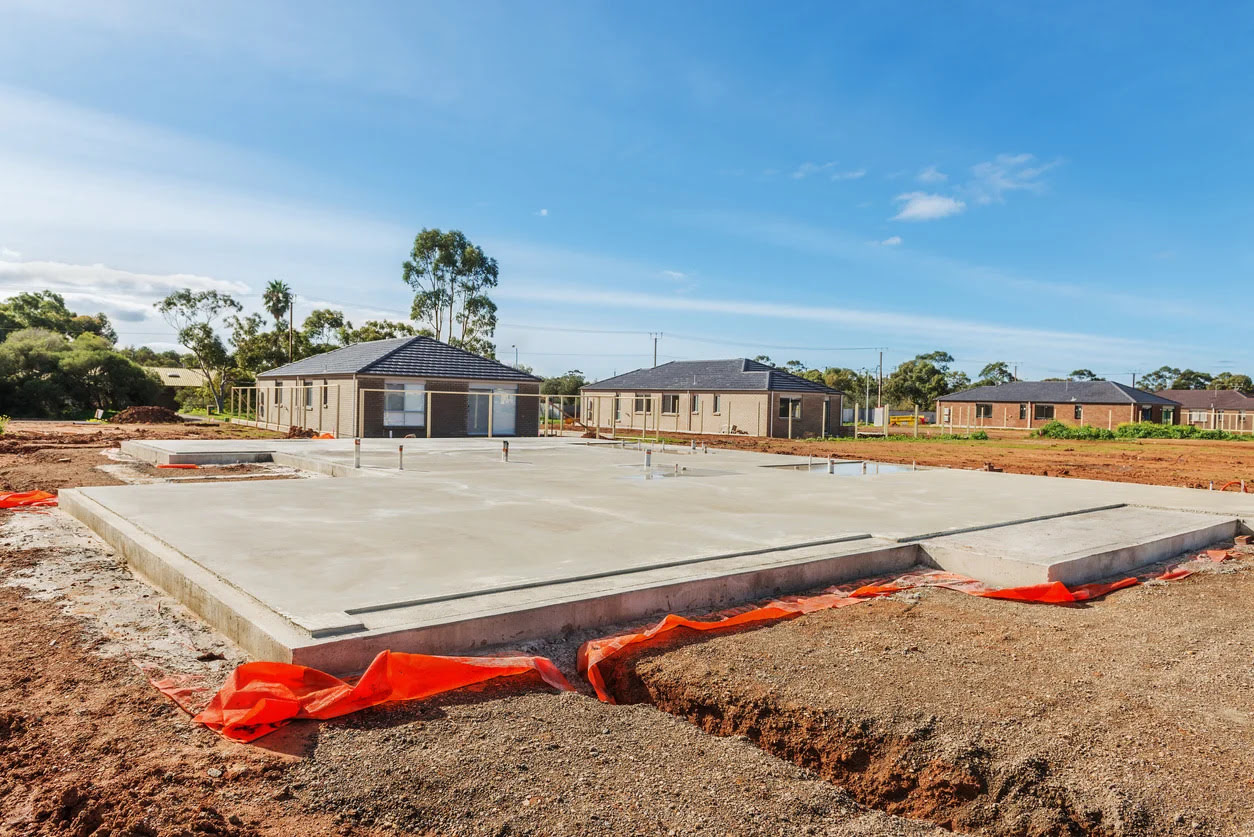

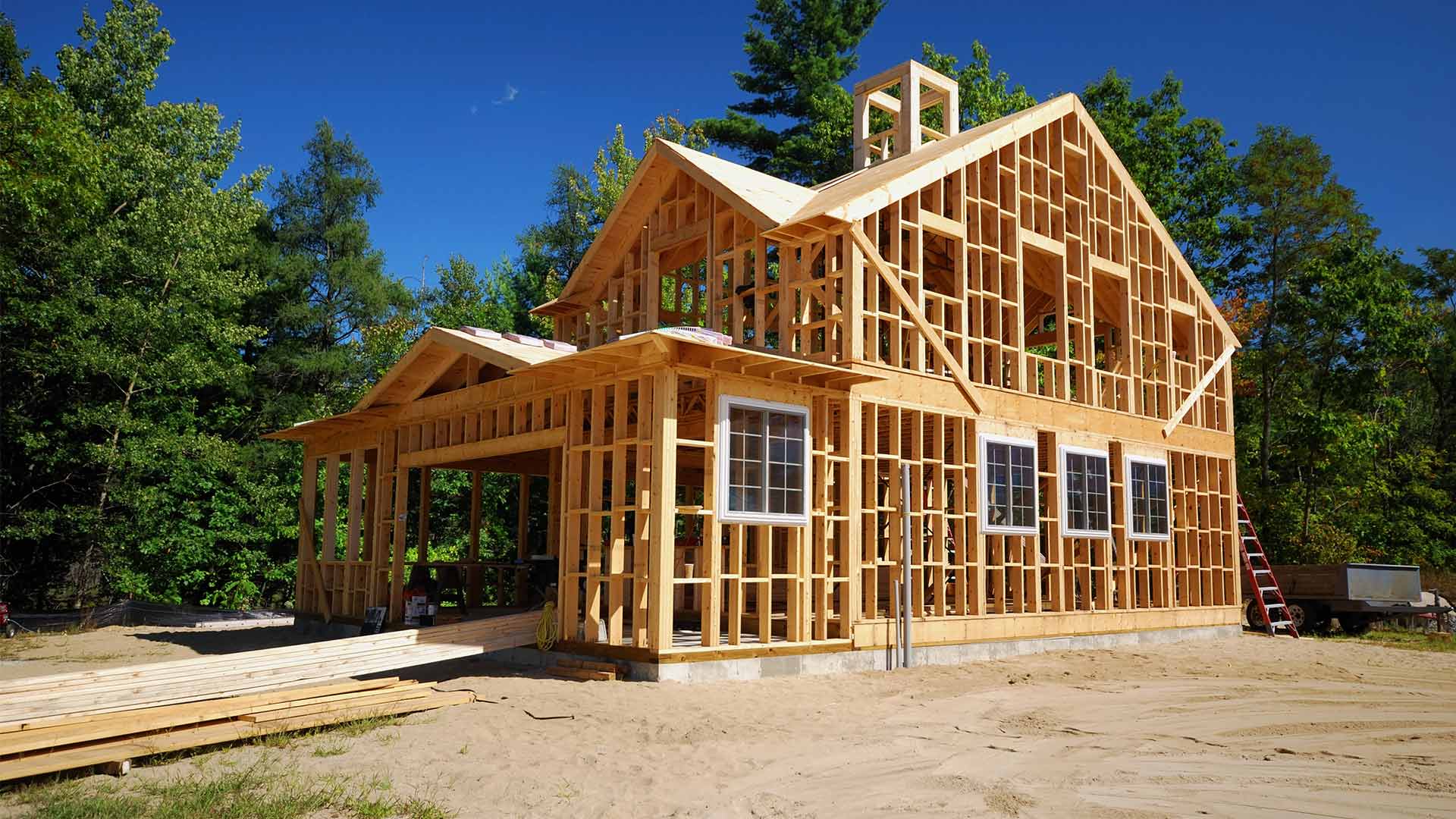

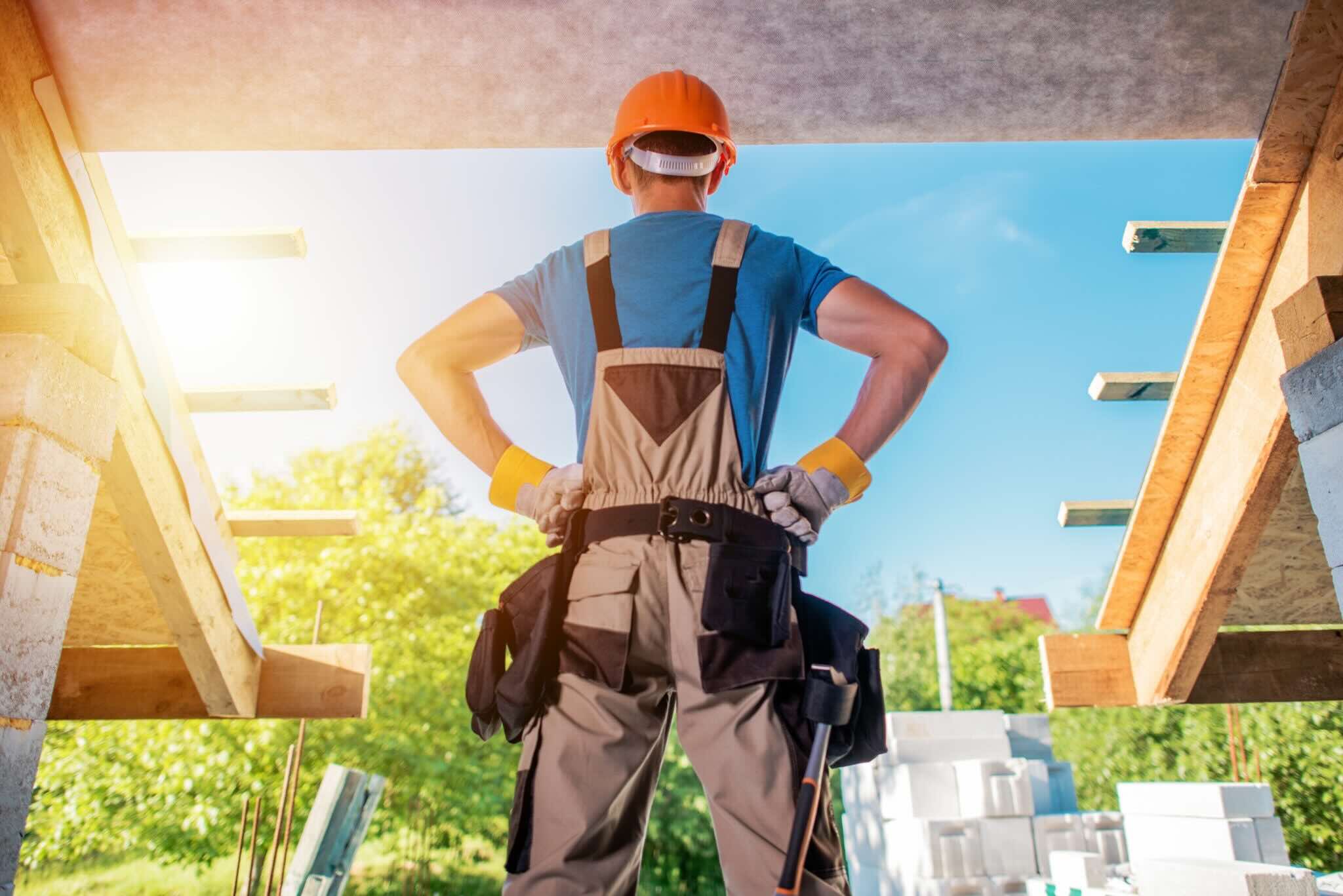

0 thoughts on “When Do Payments Start On A Construction Loan”